Are you in another country?
Please select your country so that the language is correct and prices appear in the correct currency.
The kt.COLOR Difference
More than 20 years ago, we introduced Le Corbusier’s color palette to the world of architecture and design. Corb’s colors made kt.COLOR famous immediately. However, many people still do not know what the difference is between our paint colors and all the others. Read on!
kt.COLOR is an artisan paint manufacturer located in Switzerland. We produce paints using natural pigments as well as many other rare inorganic and organic pigments. By reintroducing natural raw materials to the paint business, kt.COLOR raised the industry standards for sustainability.
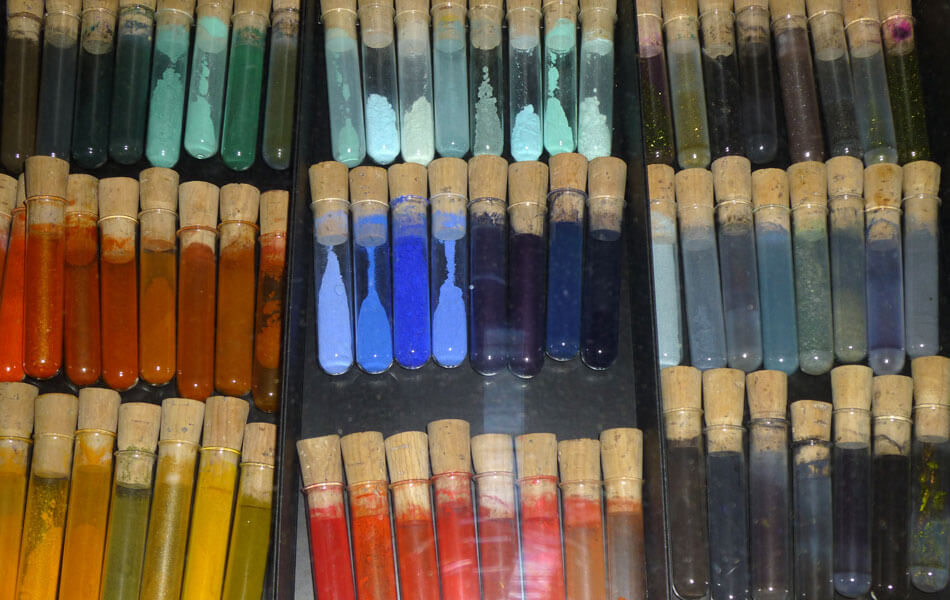
The biggest difference is easy to understand: we use different pigments. Other producers use tinting systems to mix paints locally using about a dozen tinting pastes. We mix our paints by hand, stacking them pigment by pigment to create each batch of paint color. Many kt.COLOR pigments are from natural sources. Others are rare artists' pigments, such as Prussian blue, that cannot be used in tinting systems. We rely heavily on sought-after artists’ pigments; some are even made especially for us. Sourcing exalted, raw pigments is a challenge and adjusting formulations to batch variation is laborious. But our pigments are so beautiful that it is worth the effort.
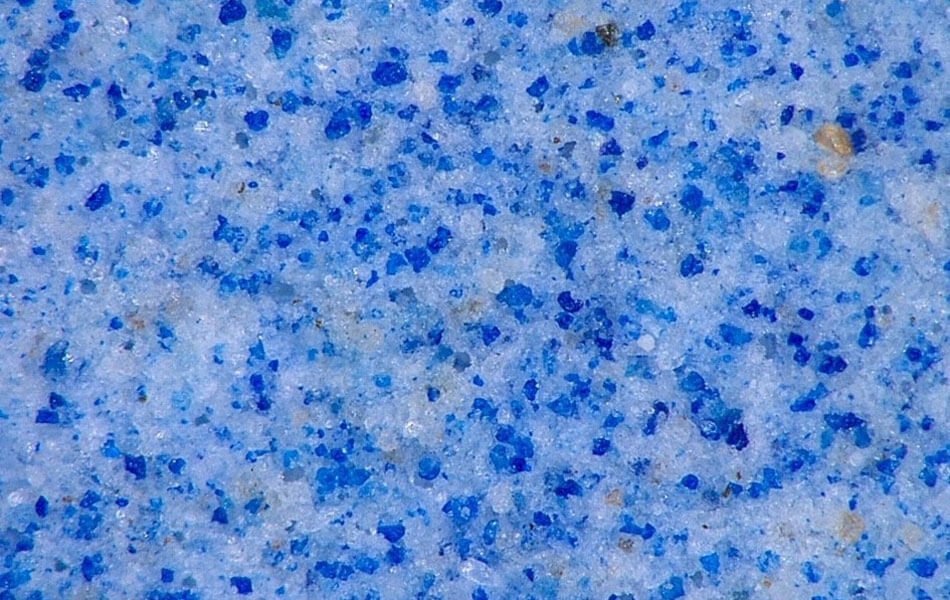
Lapis lazuli, for example – it is from Afghanistan and a challenge to get. But just by looking at the magnification (200x), you can see that any paint color made with this pigment will be unique and a delight to behold. No other blue will lend your walls the same light-hearted, crystal-clear blue color. Lapis lazuli brightens spaces and makes rooms seem larger. It is hard to grind and impossible to standardize, so we are the only producer that makes architectural coatings using this pigment. But we love it and start looking for new sources two years before we run out to make sure we always have enough on hand.
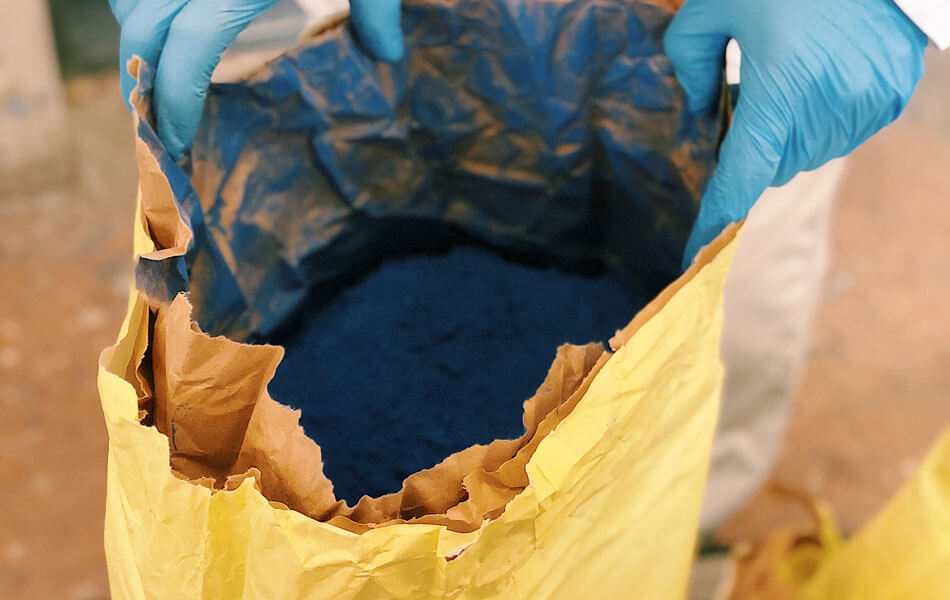
A second example: Ultramarine green. It is made to order for us. The supply fluctuations are considerable, and we adapt our formulations to each new delivery. However, no other green or petrol pigment is as bright and luminous in the shadows. It is another pigment we cannot do without.
Paint shops will tell you that they can color-match any kt.COLOR for you. This common misconception implies that color effects are pigment-independent aspects of surfaces. That is definitely not true. Each pigment will pick up the light and reflect it in a characteristic manner. The assumption that color is a measured value that can be reproduced with a small number of synthetic tinting pigments explains many disappointing color concepts. If you want a light, spacious blue, cyan or cobalt pigments will never do. Pigment chemistry and microscopic structure lend colors their magic and sensual impact. To illustrate this, compare these two whites, both of which have a similar hue:
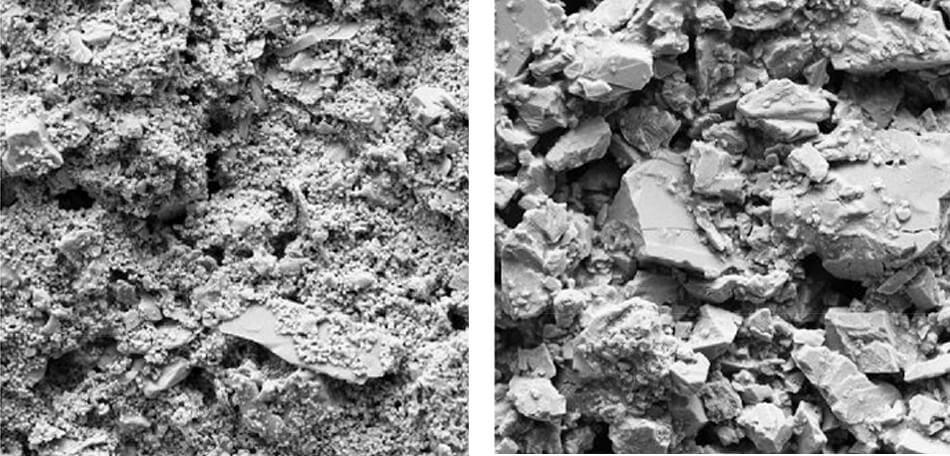
The paint in the photograph on the left side is an industrial paint made with titanium dioxide. Micronized pigment particles supress specular reflections and ledn the white glaring, superficial quality. The paint color on the right side is made by kt.COLOR. It contains only two natural white pigments, marble and China clay. The large particles allow specular reflections. They lend surfaces a natural glow and a sparkle. You see: paint is an important three-dimensional material.
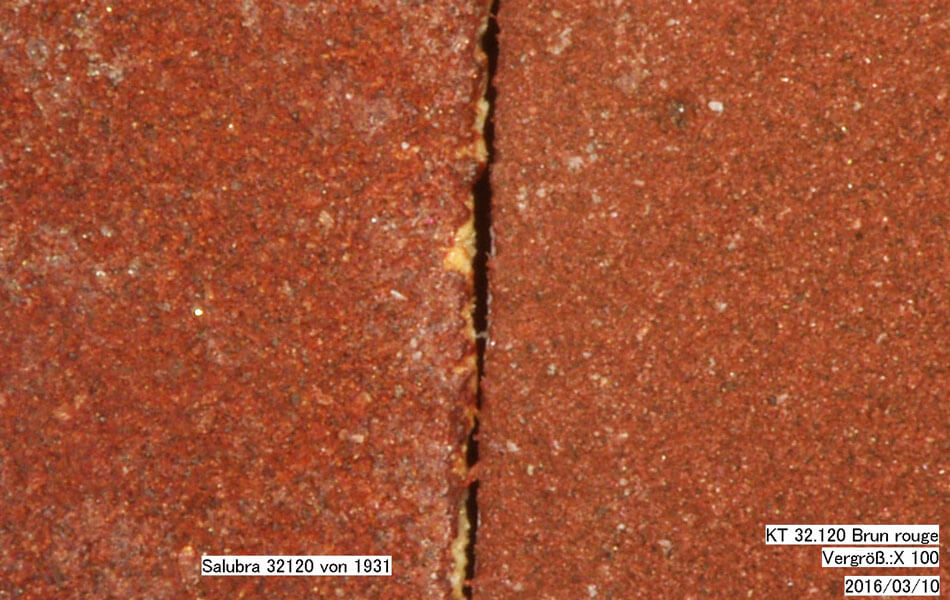
Our research into Le Corbusier's colors had shown us in 1997 that natural pigments reflect light differently and have a more harmonious effect on space than synthetic pigments, even if they have a similar hue and the same binder. Natural pigments were central to Le Corbusier's palette of colors. In the picture on the left you can see a sample of a Le Corbusier (1931) paint color. The color on the right is our formulation, which we made with the same pigments. The hue, the haptics, and the microscopic structure will be the same as the historical sample. We are the only producer that gets color right all the way down to the pigment.
Insist on the originals! Color-matched paint colors will never be made with the same pigments. They may achieve a similar hue, but it will be made with synthetic pigments and it will not have the same natural effect and luminosity as the kt.COLOR original. Tinting pigments are not the same in any sense as the raw, natural pigments.
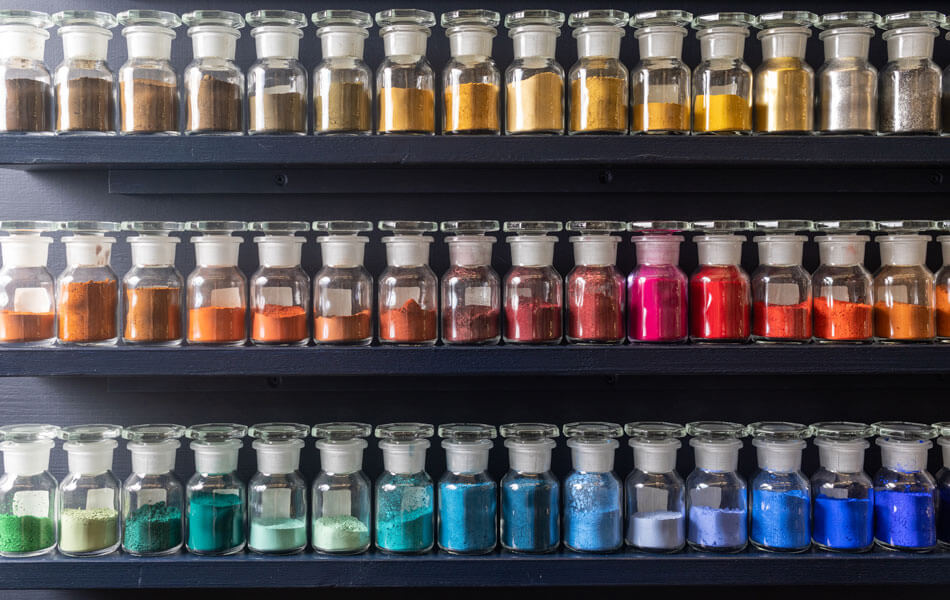
These pigments distinguish our colors from all the others. Each one is a special ingredient with a certain effect on light and space. Color is a material!
Our passion for natural and other exclusive pigments and the pigments themselves make our colors visibly and noticeably different.
